From scraping the bottom of the pot with meatballs and brown sauce, the last 15 years have seen Nordic food culture elevated to gastronomic stardom. Led by a handful of world-class chefs, people began to appreciate the distinctive qualities of everything that can grow in our cold and demanding climate. A small berry bush, for example, has to be incredibly stubborn and resilient to cope with a windy winter in the Norwegian countryside. This contributes to the fresh sting, often slightly bitter or tart, that gives Nordic berries their intensity and character.
This winter's ten new products - Nordic Forest Berries and Nordic Orchard - celebrate the pure, simple and fresh flavors of our beautiful but uncompromising Nordic nature. The slow ripening in our cool climate gives the produce its fresh character of intense and aromatic flavors. In this article, we present a selection of curiosities from our well-stocked berry platter - which derive their unique freshness and character from the growing conditions in Nordic forests, coastal areas and mountains.
Sea buckthorn
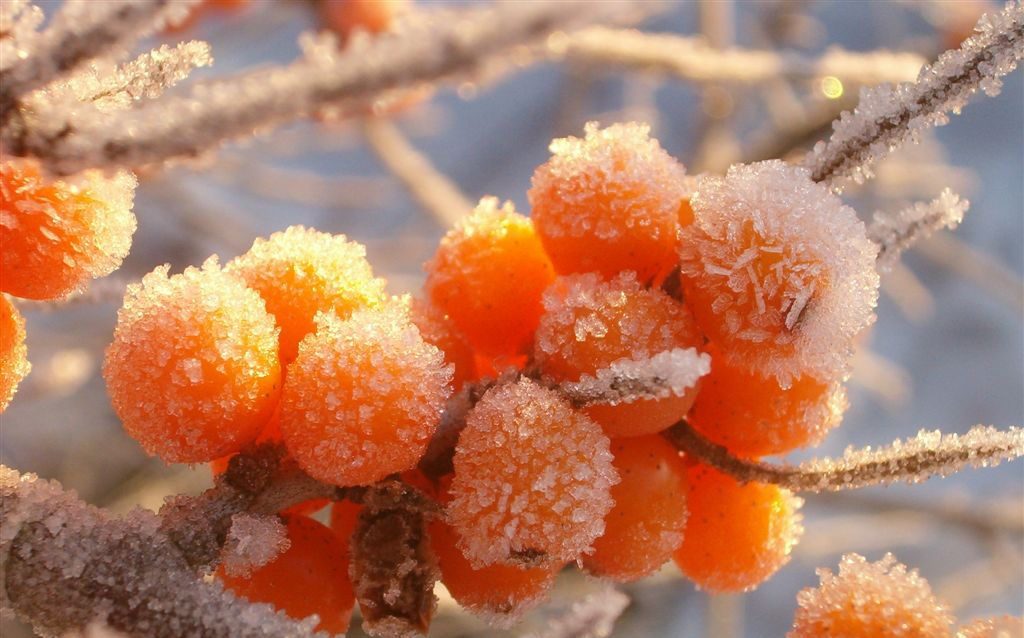
"Nordic grapes" are bright orange and hang on trees where no one would have thought anything could grow. The plant had its heyday in Norway after the Ice Age, when the species was far more widespread than it is today. Now, buckthorn, or Hippophae rhamnoides (also known as sea buckthorn) grows mainly from the Trondheimsfjord and northwards, often in the most weather-exposed places right on the coast. This is undoubtedly one of the most robust and hardy berries on the planet, which is reflected in the pointed thorns you have to pass to harvest the fruit. Sea buckthorn, which contains twice as much vitamin C as an orange, is a frequent ingredient in several food products in the "superfood" category. The berry, which is used in traditional Chinese medicine, is also very rich in antioxidants, minerals, essential fatty acids and a number of other vitamins. In recent years, New Nordic cuisine has also become aware of the berry's unique flavor properties. Associations range from rose hips and cloudberries to tropical fruits such as passion fruit. The characteristic acidic freshness, which you often find in Norwegian berries, makes sea buckthorn an exciting addition to desserts and jellies, as well as hot and cold drinks.
Blackberries
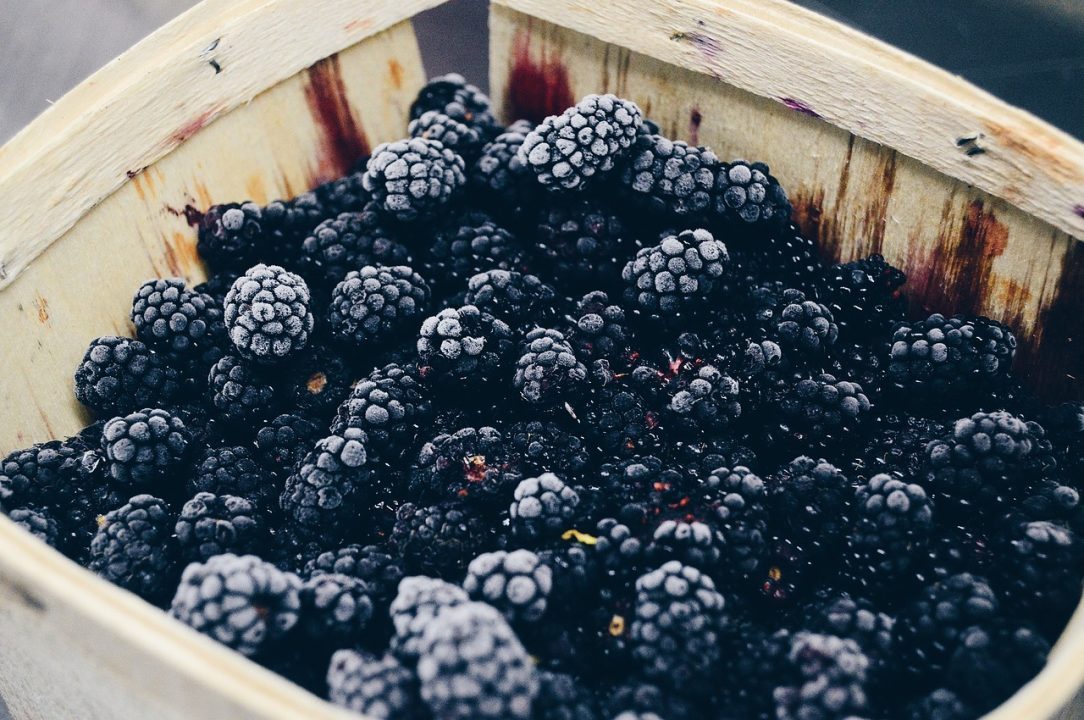
Blackberries, also known as "trollbring", "trollbær", "bjønnbær", "bjønnkjeksbær", "kølabær", "jonsokbær" and "jønsebær", are a rare but flavorful and fresh feature of Nordic nature. As many as 40 species have been registered in Norway, which is partly due to the migratory birds that come here in the summer months. However, few are privileged to harvest fully ripe blackberries in this country, which at their best offer delicious, sweet and aromatic berry flavors. The black double of the raspberry (which is not related) grows mainly in coastal areas in southern Norway. The complex flavors you find in Norwegian blackberries are partly due to the slow development in our cool summer climate. This is why the berry tastes just as good on its own as it does in jams, cakes, jellies, wines, liqueurs and desserts. Blackberries - like most berries - are rich in both antioxidants and minerals. Throughout history, the fruit has been an innocent victim of superstition, as its dark color was associated with the devil himself. Among other things, the tasty and nutritious blackberry was believed to be poisonous because the devil used it to grease his shoes.
cricket
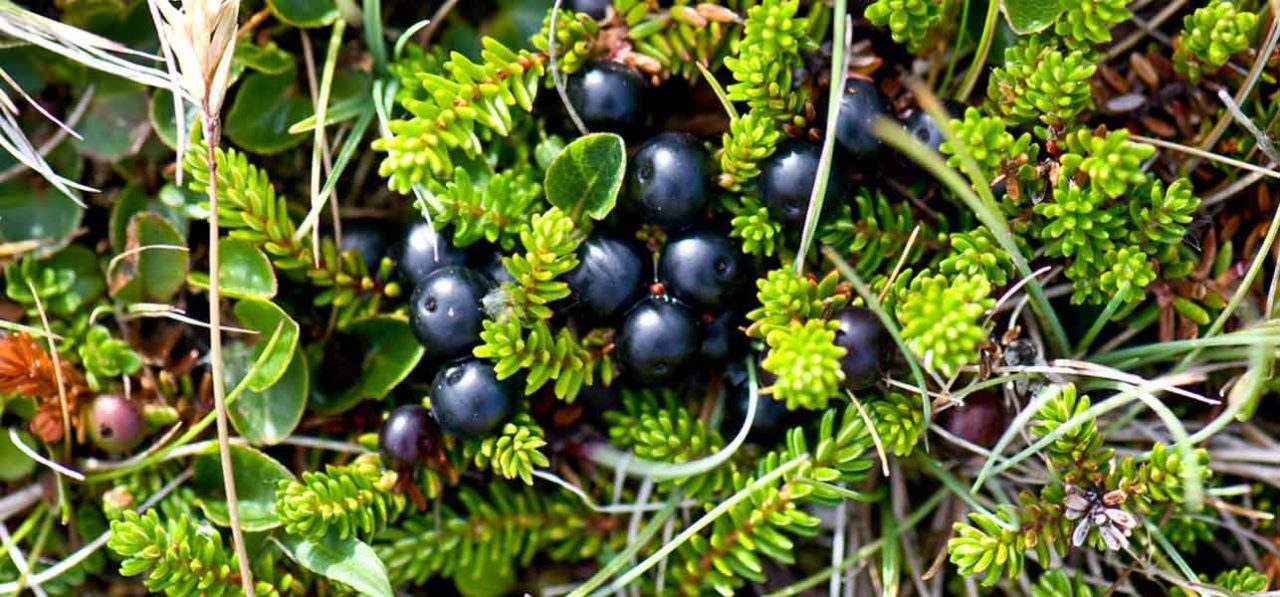
Many a young hiker has had a sour surprise after mistaking blueberries for crickets - also known as "crowberries", "cranberries" or "blackberries". And although it is more often passed over than consumed today, cricket has been part of our ancestors' diet since the Stone Age. In other words, it is a primal flavor in Nordic food culture. Crickets are almost self-preserving, and you can often pick last year's crop when winter turns to spring. This is due to the high content of organic acids, which is also noticeable in the taste. The high-growing berry (cricket can actually be picked as high as 1,800 meters above sea level) offers significantly less sweetness than, for example, blueberries, which is why it has subsequently been used primarily as a base for wine, juices and jellies. In Norway, wine has been made from cricket since the time of Sverre Sigurdsson, the Norwegian king who helped to expel the German wine merchants from Bergen in the 12th century. Like other berries that thrive in the Nordic forest and mountain terrain, cricket is very rich in antioxidants and vitamins.
Cranberries
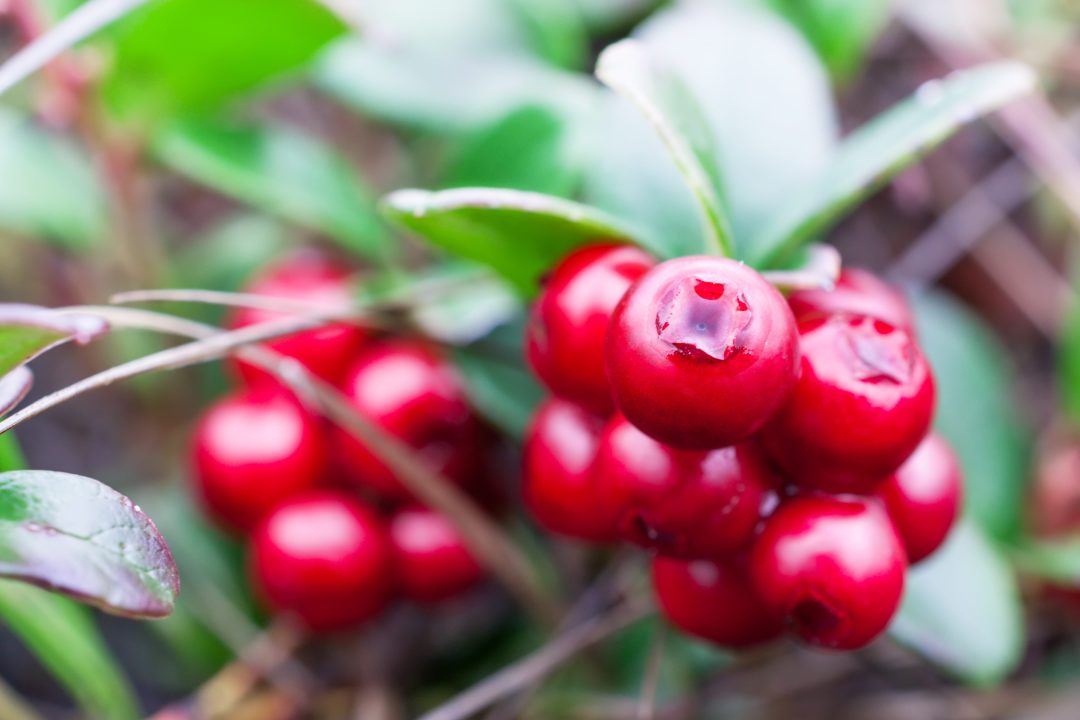
This "mountain grape" is found in forest and mountainous terrain in large parts of Norway, and can reach up to 1800 meters above sea level. The berry is high in vitamin C and organic oils, which contribute to natural preservation. The tart, fresh and sometimes bitter taste is perhaps the closest thing to a definition of a pure Nordic berry flavor. This is reinforced by the cranberry's wide distribution in our latitudes, where it prefers to fight through icy winters rather than enjoy warm summers. The hardy berry can actually withstand temperatures below -40°C, making the cranberry one of the most hardy fruits on the planet (actually false berries). It's not without reason that lingonberry jam is an ingredient in a number of traditional Norwegian dishes in the "home cooking" category. The small berry has also been embraced in the new Nordic cuisine, primarily because of its distinct, fresh and acidic taste. Today, the cranberry, which used to accompany heavy game meals and meat pies, plays the main role in the most refined desserts - for example, in modern versions of the classic troll cream. With its prominent place in Norwegian food culture and history, the cranberry has also been linked to superstition and legends. Perhaps the best known is that cranberries are the work of the devil. This is said to be the reason why the crown of the cranberry is decorated with a cross, which was God's way of lifting the curse that the Devil had cast on anyone who helped themselves to the bush.
rips
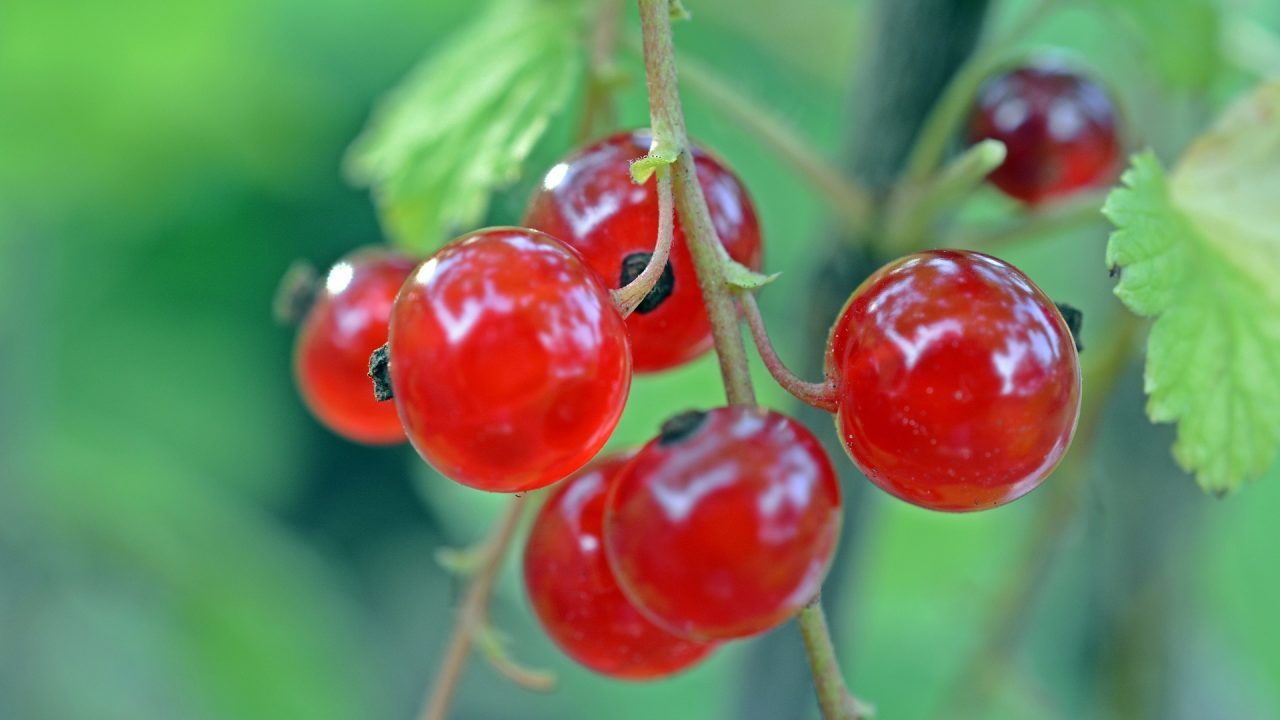
From its wild origins, the currant was brought home early on and cultivated between Norwegian garden fences. 400 years later, currants are among our oldest and most popular garden berries - one of the most robust and hardy we have. With an unusually high degree of adaptability, currant bushes decorate every other garden, from Finnmark in the north to Agder in the south. That's why there are more than two million currant bushes in Norwegian gardens. As with other hardy plants that thrive in low temperatures and stiff winds, redcurrants have an intense and characteristic acidity that helps to mask the delicious, sweet berry flavor behind them. This is why it has become common to serve currants with custard, eggnog or sugar to balance the fresh and tart flavor. Currants have been cultivated in Norway since the 17th century, and with their high content of vitamin C and minerals, they were an important addition to an otherwise simple diet. The berries are often used in juices, jams, jellies, desserts and pastries - as well as being considered an excellent base for homemade wine. The currant has also been brought into the new Nordic cuisine, for example as a refreshing alternative to lemon. The pioneering Danish restaurant Noma, for example, has been able to tempt with mackerel fillet flavored with the juice of white currants on its menu.